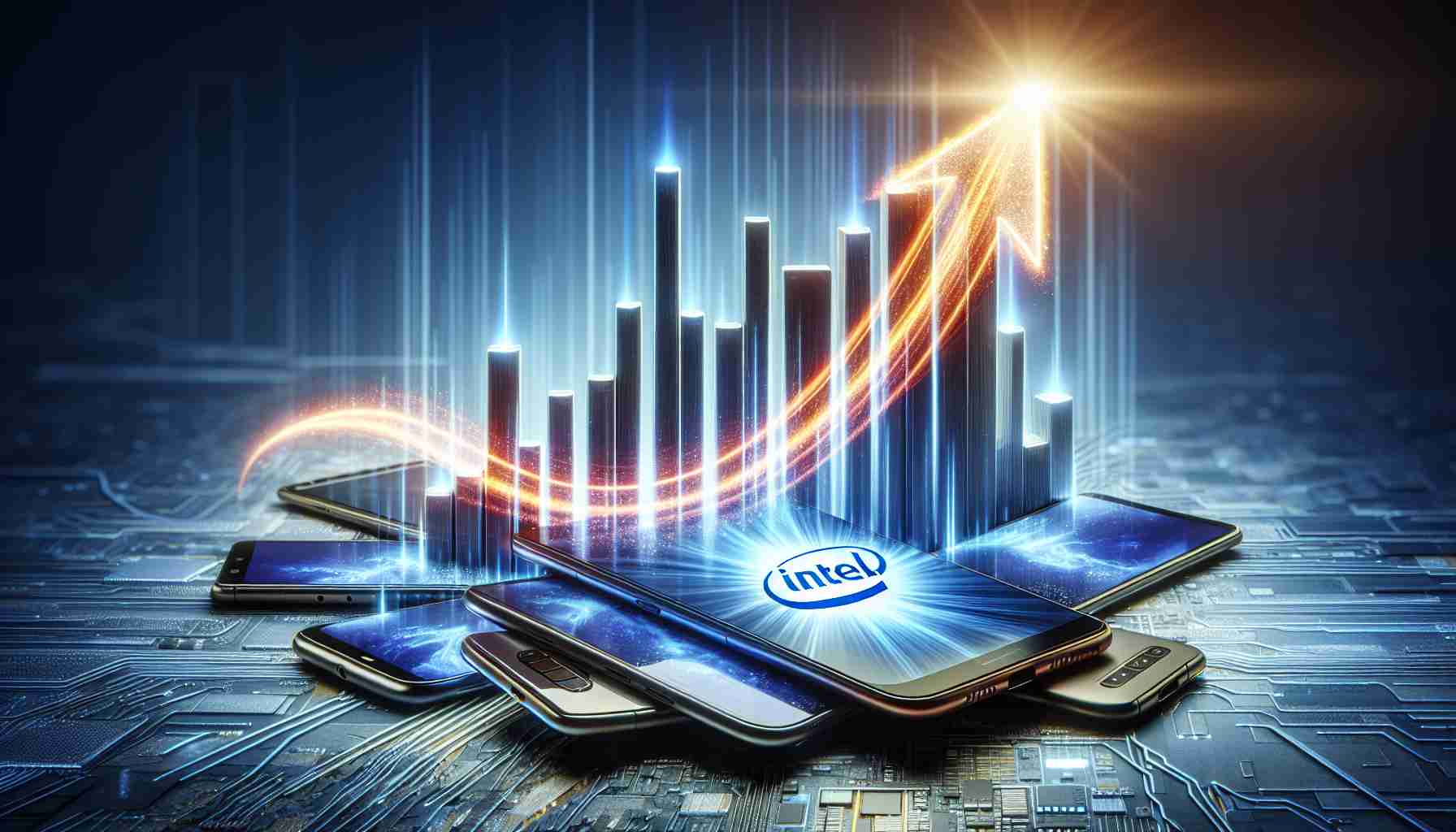Apple enthusiasts are already looking beyond the freshly introduced 2024 MacBook Pro models, with rumors swirling about even bigger updates slated for 2026. While next year’s MacBook Pros might see incremental improvements, a major redesign appears to be on the horizon in two years.
The chatter around this overhaul has gained traction due to potential upgrades, including a shift from mini-LED to OLED displays in 2026. Noted analysts Ming-Chi Kuo and Ross Young have affirmed that the 14-inch and 16-inch models will stick with mini-LED screens through 2025, suggesting a progressive rollout.
The continuation of this display technology, in use since 2021, will still see some enhancements, such as increased SDR brightness in upcoming models featuring the new M4 chips. But, tech expert Mark Gurman has shed light on a broader transformation to expect in 2026. He predicts substantial MacBook Pro design shifts, thanks to a move to OLED technology.
Mark Gurman, through his “Power On” newsletter, hinted that significant changes in Apple’s laptop series won’t materialize until 2026. His insights indicate that this upcoming MacBook Pro will not only display a modernized look but also house advanced technology like a slimmer design and the robust M6 chip crafted with a 2nm process.
While 2025’s models could introduce the M5 chip and other minor enhancements, the true revolution seems set for 2026, promising to elevate performance and design features far beyond the anticipated M4 improvements such as upgraded webcams and Thunderbolt ports.
The Future of Apple’s MacBook Pro: What You Need to Know About the 2026 Redesign
As anticipation builds around Apple’s 2026 MacBook Pro overhaul, it’s crucial to consider the potential implications of these changes for everyday users, communities, and the global tech industry. While recent updates to Apple’s laptops have been incremental, the rumored shift to OLED displays and advanced chip technology promises to transform how we interact with personal computing.
How Will These Changes Affect Users?
The proposed shift from mini-LED to OLED screens marks a significant technical leap. OLED (Organic Light-Emitting Diode) displays are known for their exceptional color accuracy, contrast, and efficiency. Users who rely heavily on precise color representation—such as graphic designers and video editors—will likely benefit significantly from this upgrade. Furthermore, the move to OLED technology could enhance battery life due to its energy-efficient nature.
In terms of performance, the rumored inclusion of the M6 chip built with a 2nm process could lead to unprecedented speeds and capabilities. This could drastically reduce processing times for intensive tasks, improving productivity for professionals in all fields.
Community Impacts and Industry Shifts
Such advancements signal broader trends within the technology industry towards more sustainable and power-efficient components. This aligns with global pushes for greener technology as OLED screens consume less power than traditional displays, contributing to reduced carbon footprints. Moreover, the development and implementation of such technology can foster job creation and spur economic growth in tech-centric communities.
The Flip Side: Concerns and Drawbacks
Despite these potential advantages, there are inevitable challenges and controversies. One concern with OLED displays is the potential for burn-in, a scenario where static images permanently mark the screen. While newer OLED technology aims to mitigate this issue, it remains a concern for consumers.
Additionally, early adopters of this advanced technology may face steep pricing. High costs could limit accessibility for students, educators, and those on a budget, which could exacerbate existing divides in digital equity.
Is It Worth Waiting for 2026?
This raises a pivotal question for potential buyers: should one wait for the groundbreaking 2026 models, or opt for the more incremental 2025 version? The answer hinges on individual needs and budgets. If cutting-edge display technology, faster chips, and a new design appeal to your professional or personal requirements, waiting for the 2026 MacBook Pro may be wise. However, users needing immediate upgrades might choose the 2025 models, especially if their demands are more modest.
Staying Informed
For those eager to follow these developments, reliable sources like the “Power On” newsletter provide updates, and tech news sites regularly discuss major Apple announcements and insights.
Another resource for speculation and news around Apple’s tech ecosystem is MacRumors.
In conclusion, while the 2026 MacBook Pro promises groundbreaking advancements, potential buyers should consider both the advantages and drawbacks. As technology continues to evolve rapidly, staying informed and weighing options carefully will be crucial to navigating the future of personal computing effectively.






















